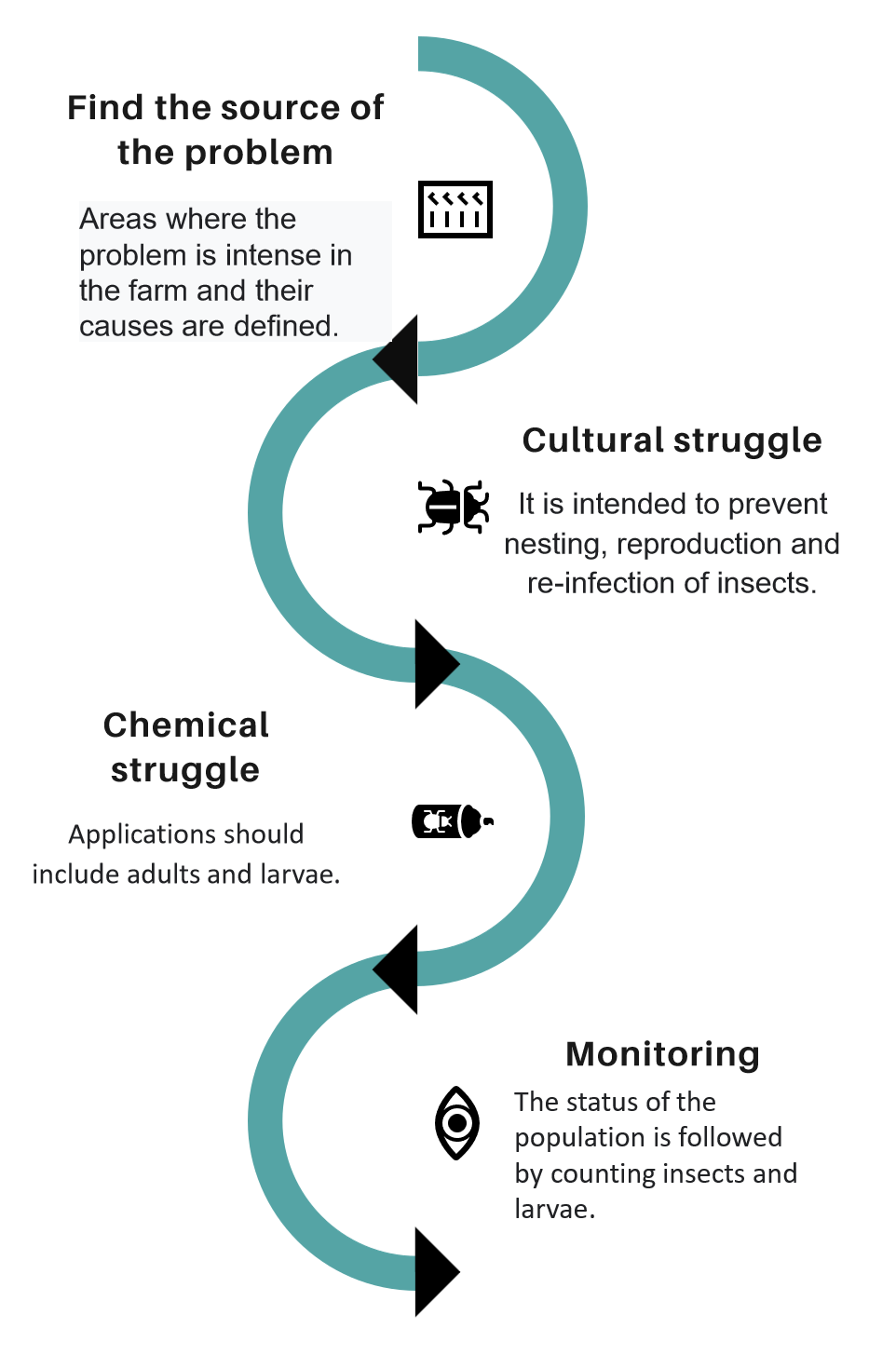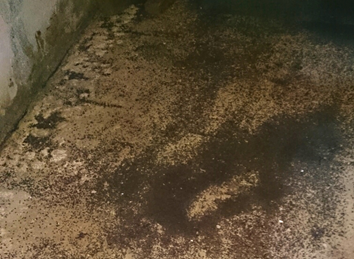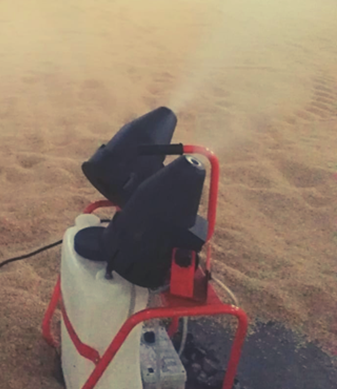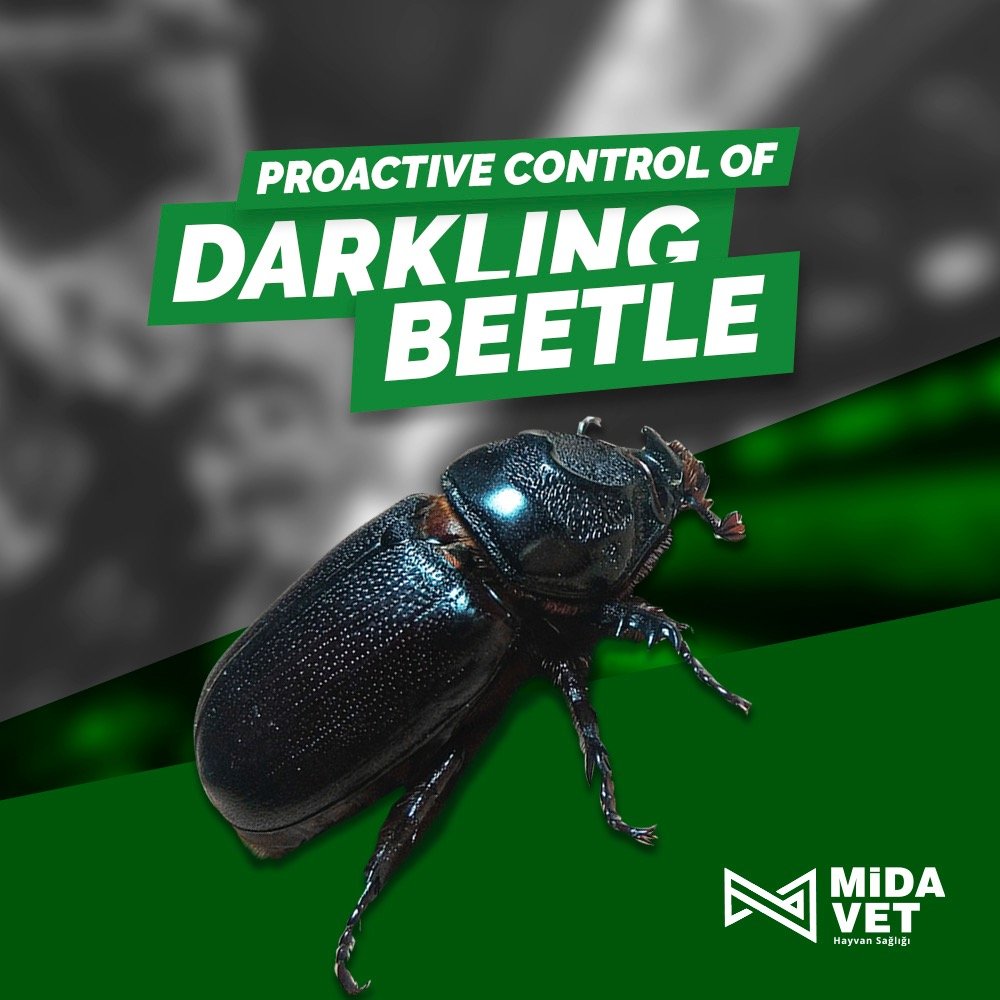Darkling beetle (Alphitobius diaperinus), a vector of many pathogens, can become a dangerous invader in the poultry environment, which offers excellent opportunities for its development and reproduction. Beyond the stress it creates, biosecurity risks, yield losses and structural damage, insect larvae can be found even on products that reach the shelf.
Infestation and spread
Its strength comes from its resistance to harsh conditions and its propagation speed.
• Optimum growth occurs at a temperature of 35ºC and a litter humidity of 10%.
• They hide in crevices and cracks when the henhouse is empty.
• Larvae enter the insulation materials to safely pass the pupal stage. Therefore, it is difficult to observe pupae in the house.
• The litter beetle is actually a granary pest. Settlement in hens is usually with paddy.
• They can be transported to the feed factory by feed trucks and invade the silos.

Cultural struggle
Active protection first
Litter management
Litter material is the insect's environment at all stages of life. At the end of the production period, the insects in the manure disperse to the areas where they can take shelter in the henhouse or to the environment. For this reason, the manure collected at the end of the period should be removed from the poultry house quickly. Pouring manure into the surrounding area can cause insects to return to the poultry house again.
As in all areas of biosecurity, the outside area of the farm should be under control as well as the interior. As far as possible, all details should be cleared from weeds so that all details can be seen, organic heaps and accumulations should be removed.
Structural improvements
The cracks and crevices in the reinforced concrete structure and the open points of the insulation materials are the egg-laying and transitional stages for insects. Structural damages should be repaired regularly and the open points of materials such as panel sandwiches should be closed. The destruction of nesting areas in the hen house will greatly increase the effect of chemical control.
Choosing the correct litter material
Cereal husks may be contaminated with eggs, larvae and adults of insects. In particular, businesses that use paddy paddy are at risk. If insect outbreaks become more frequent, the source of the litter should be changed.
Chemical struggle
The offensive dimension of the challenge
Litter top application
It is planned to prevent the scattering of insects to the environment at the end of the period in houses with intense infestation, to prevent their distribution to hide in the henhouse and farm.
After disinfection application
These are the applications made after the disinfected poultry houses are dried. It is common and most successful that is done before the litter is laid in the empty house. Preferring insecticides with residual effect will leave their hiding places when the house is heated, and will also affect the insects included in the environment and increase the chance of success.

Dealing with contaminated litter material
With the contaminated litter that will come to a poultry house, the insects will create innumerable nesting areas in one or more periods. Although none of the existing methods has a high enough chance of success on a laid litter, there are applications to reduce damage.

ULV application on litter
Let’s fight together
As Midavet, we not only share our special products and expertise, but also work together in your struggle. It is the power of teamwork that makes many businesses that we are solution partners successful in combating this invasive species!
